Land use conversion (LUC) is transforming agricultural lands into non-agricultural uses. In the Philippines, rapid urbanization and economic growth have led to a considerable rise in the demand for land for commercial, residential, and industrial development. This trend has resulted in converting agricultural properties into other land uses, affecting the country’s agricultural landscape, food security, and rural livelihoods. It would be beneficial to investigate the complex interplay between the multiple drivers of land use conversion, its advantages and disadvantages, the challenges faced during the conversion process, and the potential benefits from the point of view of real estate developers and the farming industry.
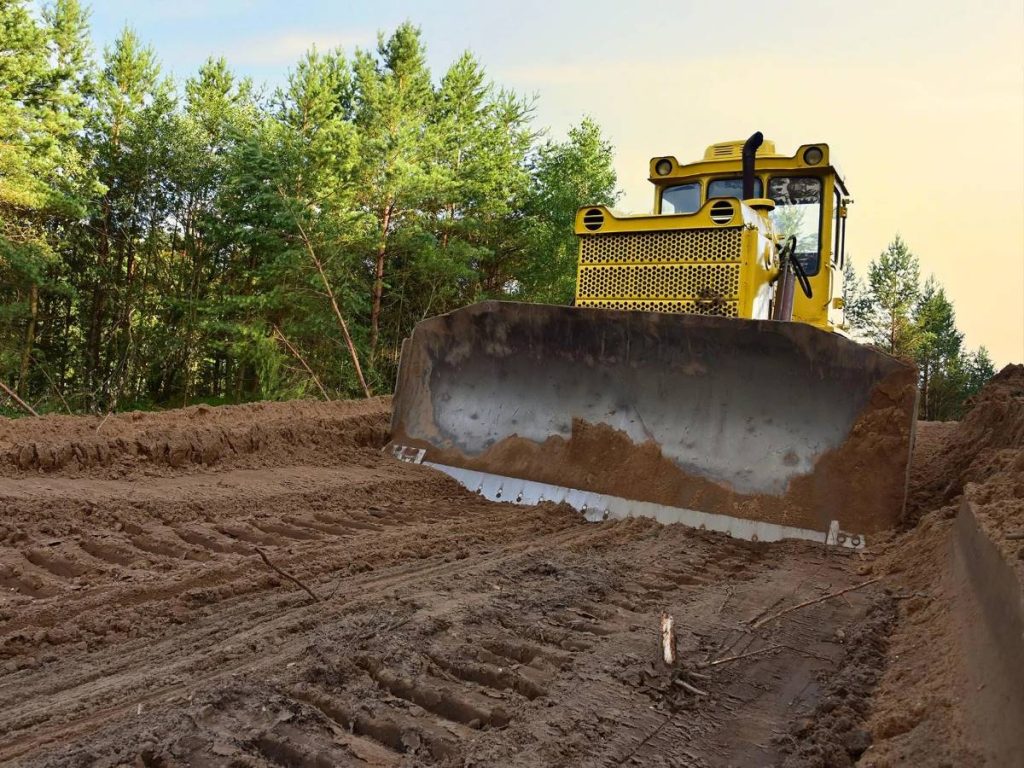
Purposes of Land Use Conversion
1.1. Urbanization and Infrastructure Development
One of the primary drivers of land use conversion in the Philippines is the rapid pace of urbanization. As the urban population expands, land demand increases to accommodate residential, commercial, and industrial developments. This growth, in turn, necessitates the conversion of agricultural lands into non-agricultural uses, such as housing projects, shopping centers, and industrial parks. Infrastructure projects such as roads, railways, and airports also contribute to land use conversion as they often require acquiring agricultural properties.
1.2. Economic Growth and Diversification
Economic growth and diversification are other critical factors behind land use conversion. As the Philippine economy grows and diversifies, the demand for non-agricultural land uses increases. This transition is particularly true for the tourism, manufacturing, and services sectors, which require extensive land resources. Consequently, converting agricultural properties to other uses caters to these emerging economic activities.
Advantages Land Use Conversion
2.1.1. Economic Development and Employment Opportunities
Land use conversion in the Philippines can stimulate economic growth by creating new employment opportunities in non-agricultural sectors such as construction, manufacturing, and services. The development of residential, commercial, and industrial projects can generate income and contribute to the country’s overall development.
2.1.2. Infrastructure Improvement and Urban Services Expansion
Land use conversion in the Philippines can facilitate the improvement of infrastructure and the expansion of urban services such as transportation, utilities, and healthcare. Urban services can lead to enhanced quality of life and increased access to essential services for the local population.
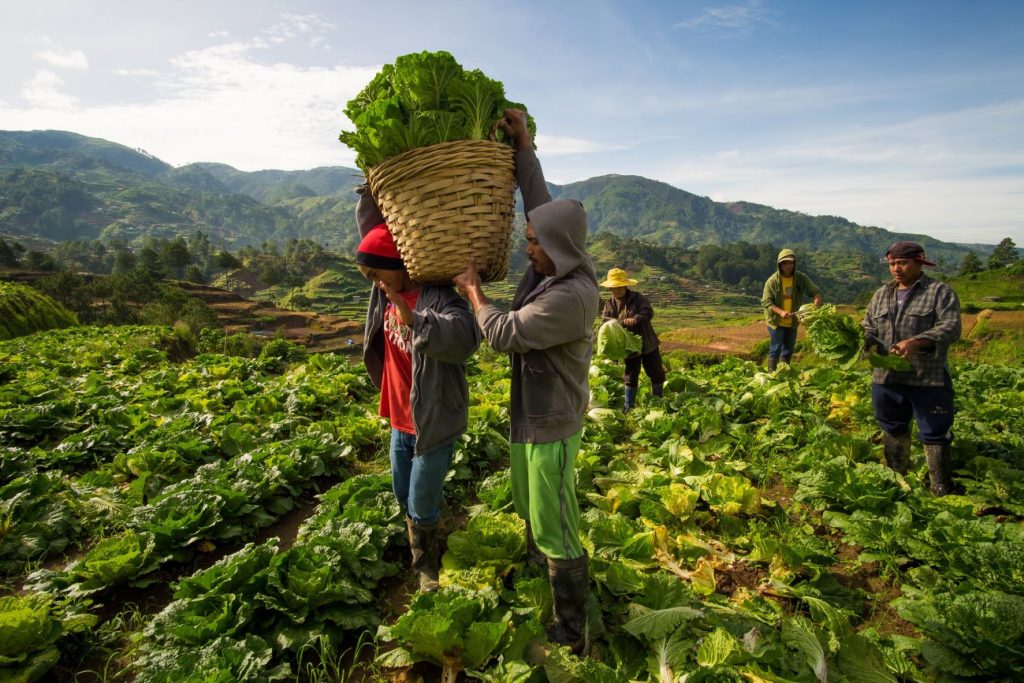
Disadvantages Land Use Conversion
2.2.1. Loss of Agricultural Lands and Food Security
One of the most significant disadvantages of land use conversion is the loss of agricultural lands, which can undermine the country’s food security. As the government converts agricultural lands into non-agricultural uses, the potential for food production is diminished, potentially leading to a rise in food prices and a decline in food self-sufficiency.
2.2.2. Environmental Degradation and Loss of Biodiversity
Land use conversion can also result in environmental degradation and loss of biodiversity. The conversion of agricultural properties can lead to deforestation, soil erosion, and habitat loss, negatively impacting the local ecosystem and biodiversity.

Challenges in Land Use Conversion In The Philippines
3.1. Regulatory and Policy Challenges
One of the significant challenges in LUC is navigating the complex regulatory and policy environment governing land use in the Philippines. The Comprehensive Agrarian Reform Program (CARP), for instance, aims to protect agricultural lands and promote the welfare of small farmers. However, the implementation of CARP has been fraught with issues, such as the need for clear guidelines on LUC and the slow distribution of land titles to beneficiaries. The predicament creates uncertainty for real estate developers and the farming community as they navigate the complex process of securing necessary permits and approvals for land use conversion in the Philippines.
3.2. Social Equity and Displacement of Rural Communities
Another challenge in LUC is the issue of social equity and the potential displacement of rural communities. As government converts agricultural lands into non-agricultural uses, small farmers and rural dwellers may lose their livelihoods and be forced to migrate to urban areas in search of new opportunities. This displacement can exacerbate social inequality, as marginalized groups may struggle to access affordable housing, secure stable employment, and integrate into urban communities.
3.3. Land Speculation and Land Grabbing
Land speculation and land grabbing are additional challenges in land use conversion in the Philippines. In some cases, unscrupulous individuals or entities may acquire agricultural lands with the sole intent of profiting from the land’s increased value following its conversion to non-agricultural uses. This speculative behavior can drive up land prices, making it difficult for small farmers to retain their lands and exacerbating the unequal distribution of land resources.
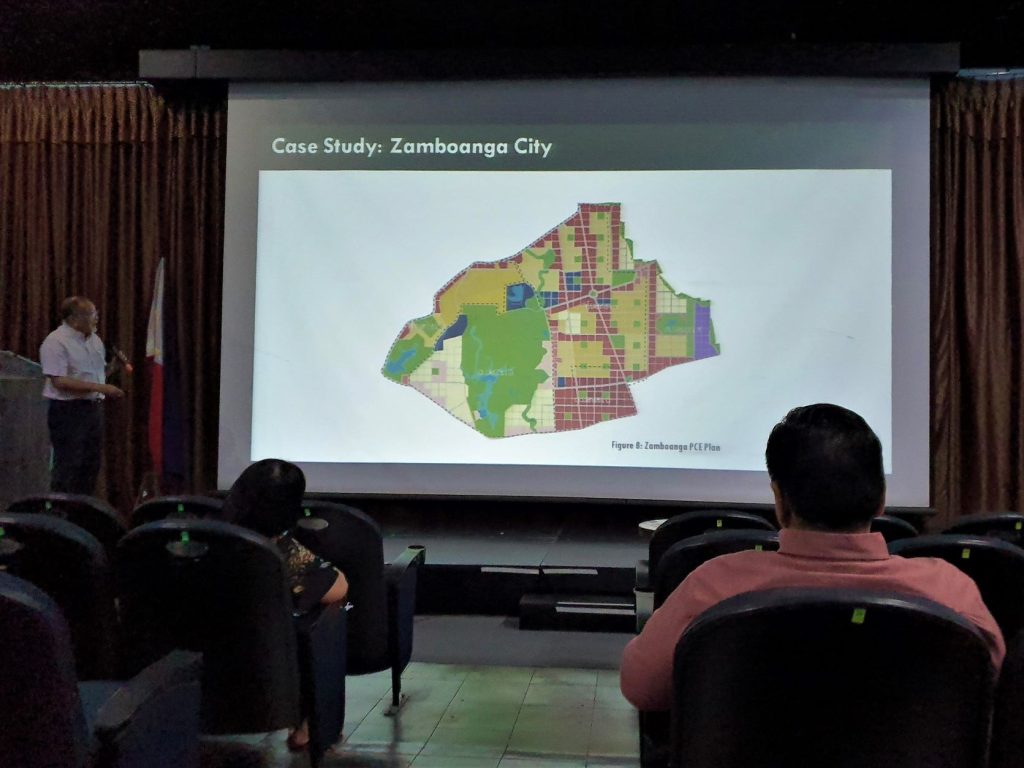
Benefits from the Point of View of Real Estate Developers and the Farming Industry
4.1. Real Estate Developers
4.1.1. Increased Land Value and Profitability
From the perspective of real estate developers, LUC can lead to increased land value and profitability. The conversion of agricultural land uses into residential, commercial, or industrial developments causes the market value to rise significantly, leading to substantial returns on investment for developers.
4.1.2. Diversification of Real Estate Portfolio
Land use conversion can also provide real estate developers opportunities to diversify their portfolios by venturing businesses into new markets and land uses. This diversification can help real estate developers mitigate risks associated with market fluctuations and ensure a more stable revenue stream.
4.2. Farming Industry
4.2.1. Access to Capital and Investment Opportunities
Although land use conversion in the Philippines poses several challenges for the farming industry, it can also offer some benefits. For instance, converting agricultural lands can give farmers access to capital, which they can use to invest in new technologies, diversify their production, or establish agribusiness ventures.
4.2.2. Integration into the Global Value Chain
Land use conversion can also facilitate the integration of the farming industry into the global value chain. New opportunities for industrial or commercial developments can emerge for farmers to engage in contract farming, supply raw materials to processing industries, or develop niche markets for high-value crops.
How agricultural properties undergo land use conversion in the Philippines
The Department of Agrarian Reform (DAR) is the primary government agency responsible for overseeing and implementing land use conversion policies, ensuring that the process aligns with the nation’s sustainable development and agrarian reform objectives.
Following the guidelines and regulatory steps, landowners and developers can convert agricultural lands into other real estate uses in the Philippines. Ensuring compliance with the established procedures and requirements facilitates a smooth land use conversion process and contributes to the country’s sustainable development and agrarian reform objectives.
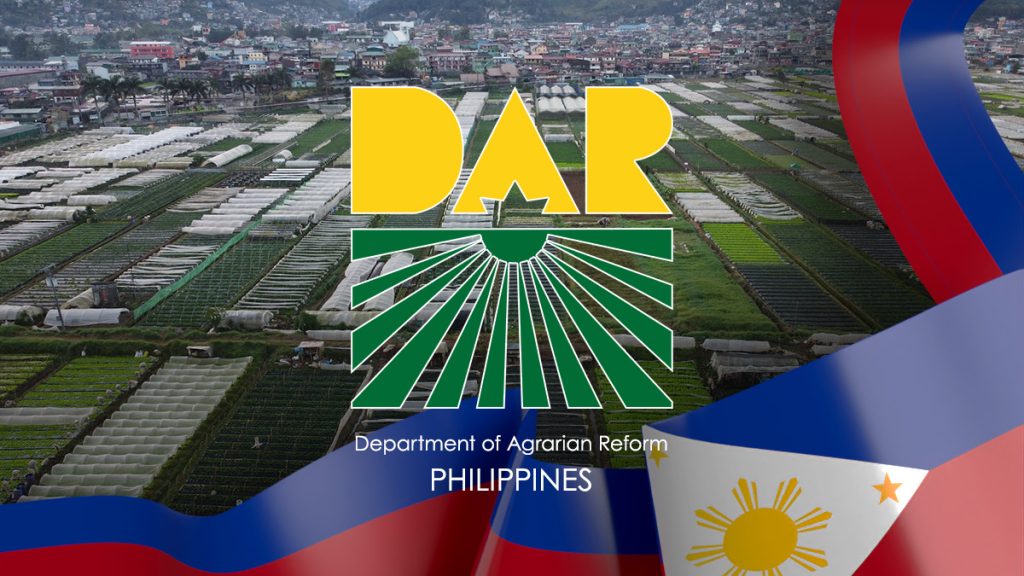
Stakeholders must stay up-to-date with the latest policies and regulations governing LUC to ensure their proposals align with the nation’s long-term goals for balancing economic growth and preserving agricultural resources. By navigating the complex landscape of LUC with diligence and foresight, stakeholders can unlock the full potential of their landholdings while contributing to the Philippines’ sustainable and inclusive development.
For those interested, here is a comprehensive overview of the guidelines and regulatory steps required to follow the processes and procedures involved in land use conversion in the Philippines.
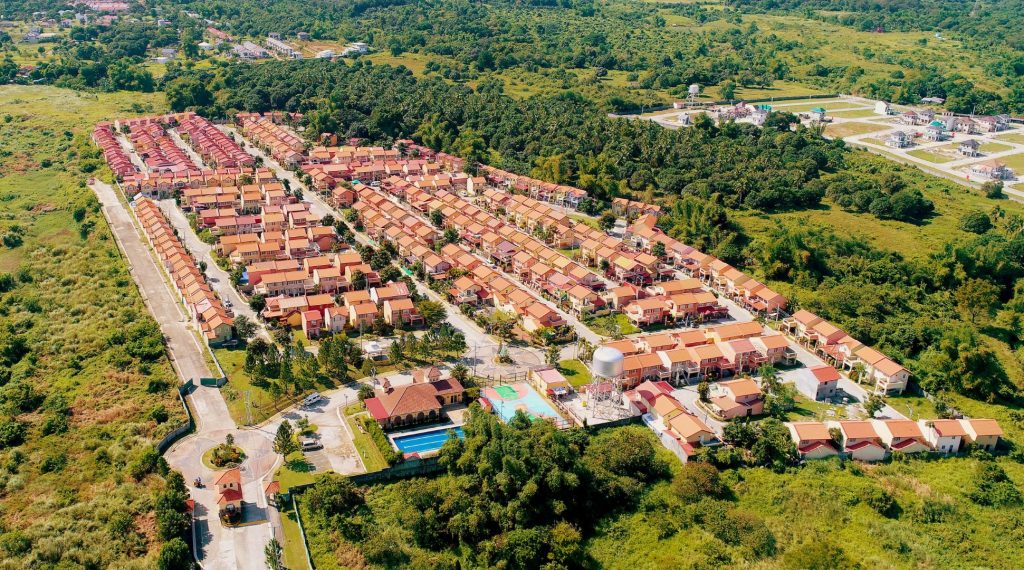
The Balancing Act Of Land Use Conversion in the Philippines
Land use conversion in the Philippines is a complex and multifaceted phenomenon driven by various factors such as urbanization, economic growth, and infrastructure development. While LUC can generate economic benefits and contribute to the country’s overall development, it poses several challenges, including loss of agricultural lands, environmental degradation, and social displacement. To address these issues, a more comprehensive and integrated approach to land use planning and policy formulation is needed to address the competing demands of various stakeholders, including real estate developers and the farming industry. Such an approach should prioritize long-term development, social equity, and environmental conservation, ensuring that the regulation distributes the benefits of LUC equitably among all stakeholders.
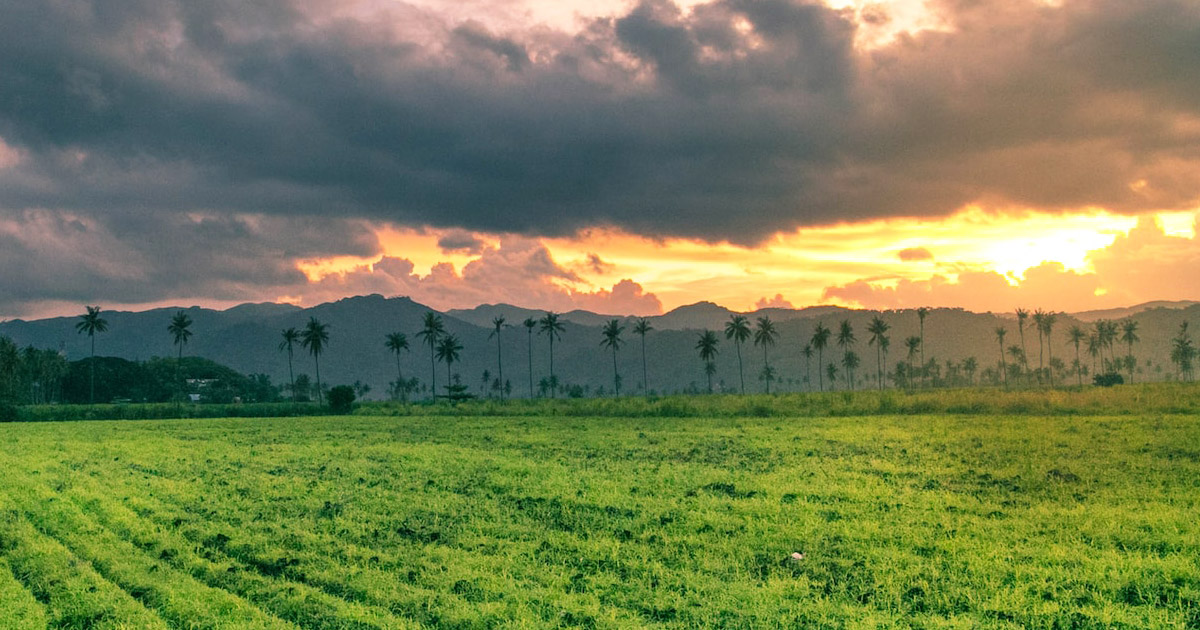
2 replies on “Philippine Land Use Conversion From Agriculture To Real Estate”
In the Philippines, land speculators are rampant even within government agencies. The poor are the victims for lack of financial capital they will sell their agriland and back to being squatters again, either in the urban or protected areas they will create pressures Why not focus on updating first our outdated landlaws,,conversion has never been a positive solution even with other countries. Study the development strategies of countries that maintains forestlands within urban areas despite of the uncontrolled increase in population. Investigate government officials that acquired vast of land properties while in public service, only can we tell that the government is serious about land conversion for greater good of the majority.
Totally agree!